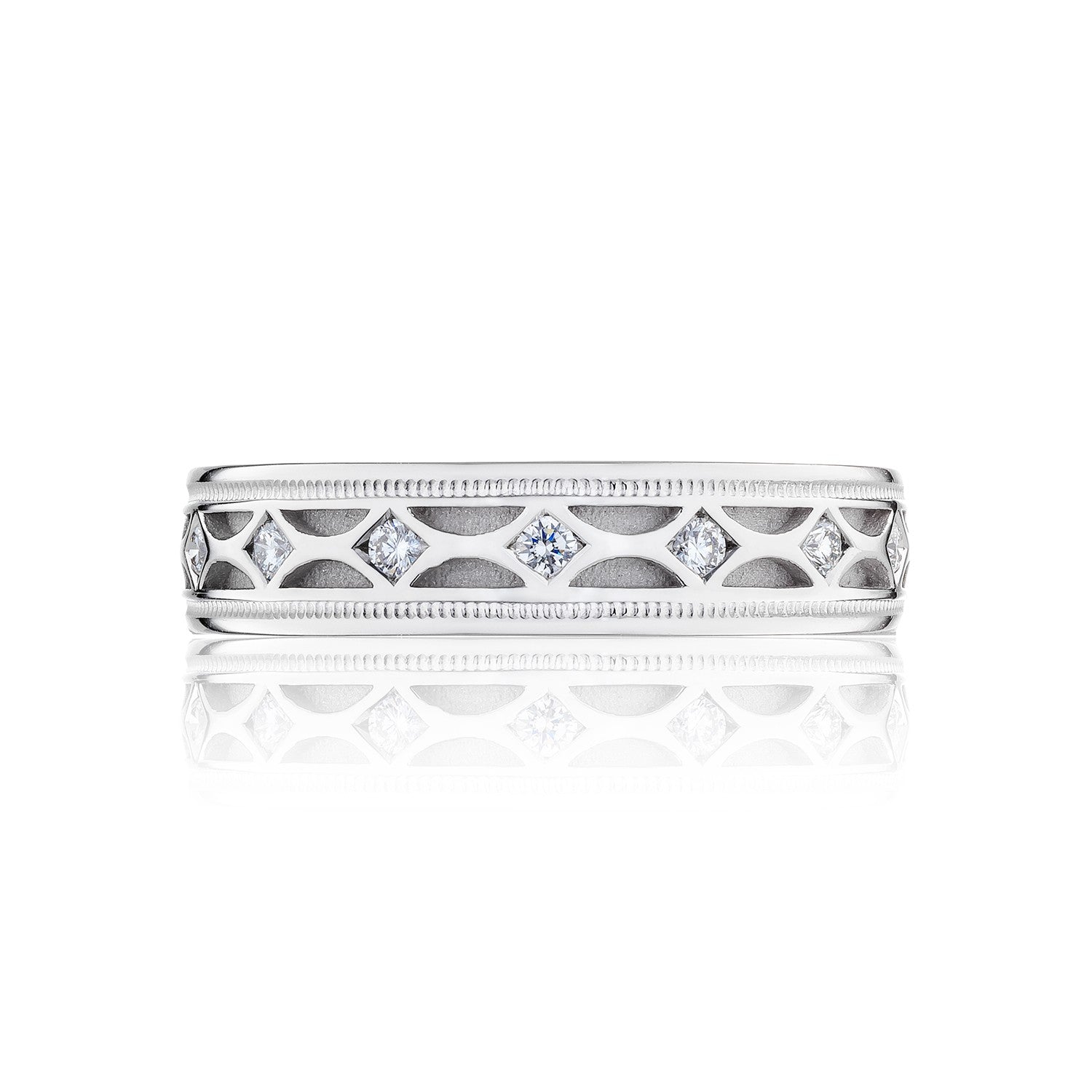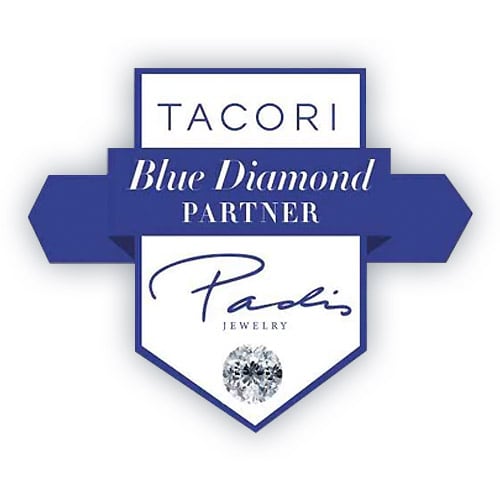69 products
69 products


























69 products
Forevermark Platinum Diamond Halo Engagement Ring
377-00459
Regular price $3,195.00 Save $-3,195.00Forevermark White Gold Cushion Cut Diamond Solitaire Engagement Ring
377-00505
Regular price $1,995.00 Save $-1,995.00Forevermark Yellow Gold Cushion Cut Diamond Engagement Ring
377-00560
Regular price $67,995.00 Save $-67,995.00Forevermark White Gold Emerald Cut Diamond Engagement Ring
377-00635
Regular price $44,995.00 Save $-44,995.00Forevermark Yellow/White Gold Radiant Cut Diamond Solitaire Engagement Ring
377-00563
Regular price $2,195.00 Save $-2,195.00Forevermark White Gold Diamond Solitaire Engagement Ring
377-00480
Regular price $2,595.00 Save $-2,595.00Forevermark White Gold Diamond Halo Engagement Ring
377-00348
Regular price $1,595.00 Save $-1,595.00Forevermark Yellow/White Gold Halo Engagement Ring
377-00589
Regular price $1,195.00 Save $-1,195.00Forevermark Yellow Gold Diamond Halo Engagement Ring
377-00436
Regular price $3,995.00 Save $-3,995.00Forevermark Platinum Diamond Engagement Ring
377-00619
Regular price $10,995.00 Save $-10,995.00Forevermark White Gold Diamond Engagement Ring
377-00405
Regular price $9,995.00 Save $-9,995.00Forevermark Platinum Oval Shape Diamond Engagement Ring
377-00445
Regular price $3,595.00 Save $-3,595.00Forevermark Platinum Diamond Solitaire Engagement Ring
377-00309
Regular price $2,995.00 Save $-2,995.00Forevermark White Gold Cushion Cut Diamond Solitaire Engagement Ring
377-00594
Regular price $2,595.00 Save $-2,595.00Forevermark White Gold Diamond Solitaire Engagement Ring
377-00481
Regular price $2,595.00 Save $-2,595.00Forevermark Platinum Diamond Engagement Ring
377-00451
Regular price $6,995.00 Save $-6,995.00Forevermark Platinum Oval Shape Diamond Engagement Ring
377-00531
Regular price $5,995.00 Save $-5,995.00Forevermark Paltinum Oval Shape Diamond Halo Engagement Ring
377-00523
Regular price $5,795.00 Save $-5,795.00Forevermark Platinum Oval Shape Diamond Engagement Ring
377-00518
Regular price $8,995.00 Save $-8,995.00Forevermark White Gold Cushion Cut Diamond Solitaire Engagement Ring
377-00596
Regular price $7,995.00 Save $-7,995.00Forevermark Platinum Oval Shape Diamond Solitaire Engagement Ring
377-00498
Regular price $4,995.00 Save $-4,995.00Forevermark Platinum Diamond Solitaire Engagement Ring
377-00495
Regular price $4,795.00 Save $-4,795.00Forevermark White Gold Diamond Engagement Ring
377-00392
Regular price $17,995.00 Save $-17,995.00Forevermark Platinum Diamond Solitaire Engagement Ring
377-00620
Regular price $11,995.00 Save $-11,995.00Forevermark White Gold Diamond Halo Engagement Ring
377-00577
Regular price $9,995.00 Save $-9,995.00Forevermark Platinum Diamond Solitaire Engagement Ring
377-00625
Regular price $8,595.00 Save $-8,595.00Forevermark Platinum Diamond Solitaire Engagement Ring
377-00618
Regular price $7,995.00 Save $-7,995.00Forevermark Platinum Oval Shape Diamond Halo Engagement Ring
377-00526
Regular price $7,995.00 Save $-7,995.00Forevermark Platinum Oval Shape Diamond Solitaire Engagement Ring
377-00521
Regular price $7,995.00 Save $-7,995.00Forevermark Platinum Oval Shape Diamond Solitaire Engagement Ring
377-00519
Regular price $7,995.00 Save $-7,995.00Forevermark White Gold Diamond Halo Engagement Ring
377-00023
Regular price $6,195.00 Save $-6,195.00Forevermark Platinum Oval Shape Diamond Engagement Ring
377-00493
Regular price $5,995.00 Save $-5,995.00Forevermark Platinum Diamond Three Stone Halo Engagement Ring
377-00427
Regular price $5,995.00 Save $-5,995.00Forevermark Platinum Radiant Cut Diamond Three Stone Engagement Ring
377-00613
Regular price $5,995.00 Save $-5,995.00Forevermark White Gold Diamond Halo Engagement Ring
377-00010
Regular price $5,795.00 Save $-5,795.00Forevermark Platinum Cushion Cut Diamond Three Stone Engagement Ring
377-00614
Regular price $4,995.00 Save $-4,995.00Forevermark Platinum Cushion Cut Diamond Solitaire Engagement Ring
377-00612
Regular price $4,995.00 Save $-4,995.00Forevermark Platinum Oval Shape Diamond Solitaire Engagement Ring
377-00494
Regular price $4,995.00 Save $-4,995.00Forevermark Platinum Diamond Three Stone Engagement Ring
377-00430
Regular price $4,995.00 Save $-4,995.00Forevermark Yellow Gold Diamond Engagement Ring
383-00117
Regular price $4,995.00 Save $-4,995.00
